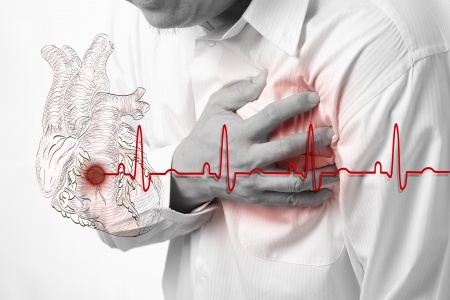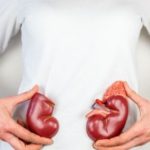Angina is chest pain or discomfort that happens when your heart isn’t receiving enough oxygen-rich blood. As a result, your heart may beat faster and harder to gain more blood, causing you noticeable pain. Angina isn’t a disease. It’s a symptom and a warning sign of heart disease.
Causes
Reduced blood flow to your heart (myocardial ischemia) causes angina. Several problems with your coronary arteries can prevent your heart from receiving enough blood.
Coronary artery disease (CAD): This is the most common cause of angina. It happens when plaque (a fatty, waxy substance) builds up in your coronary arteries, which supply blood to your heart. These arteries narrow or harden (atherosclerosis), reducing blood flow to your heart.
Coronary microvascular disease: This condition is more common among women. It damages the walls of tiny blood vessels that branch from your coronary arteries. These blood vessels aren’t seen on typical testing for CAD and require special testing that’s not available at all medical centers.
Coronary artery spasm: Your coronary arteries repeatedly constrict (tighten) then open up. These spams temporarily restrict blood flow to your heart. You can have coronary spasms without having coronary artery disease.
In conclusion, Your healthcare provider will treat the underlying heart problem that’s causing your angina. The goals of treatment are to improve blood flow to your heart and lower your risk of complications. Your provider will give you a physical exam and perform testing to learn more about your condition and determine the best treatments. All information are gotten from cleaveland clinics.



